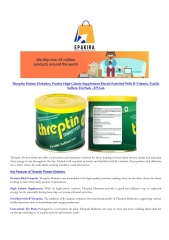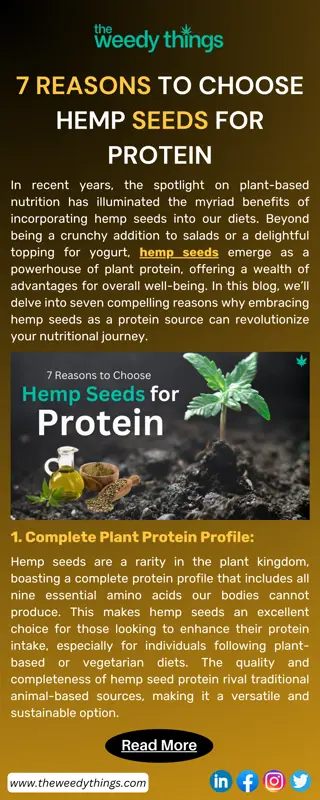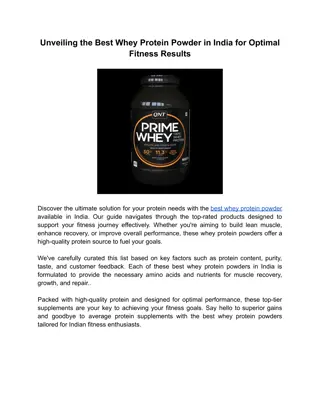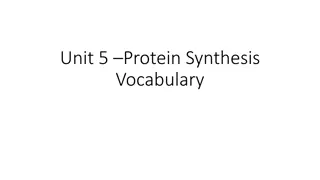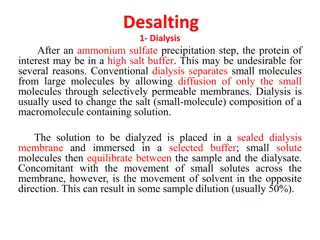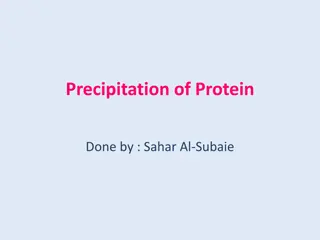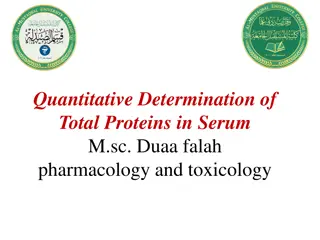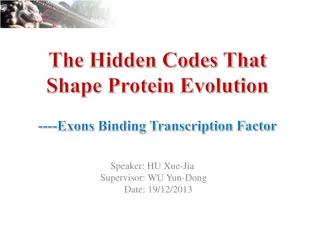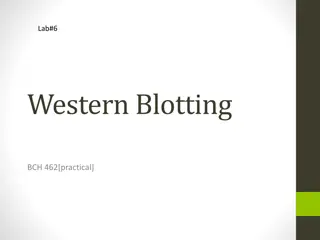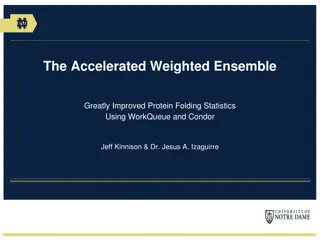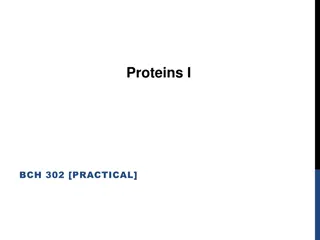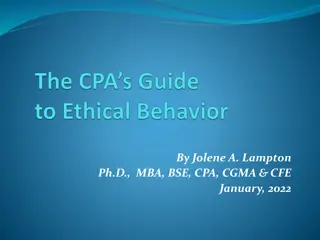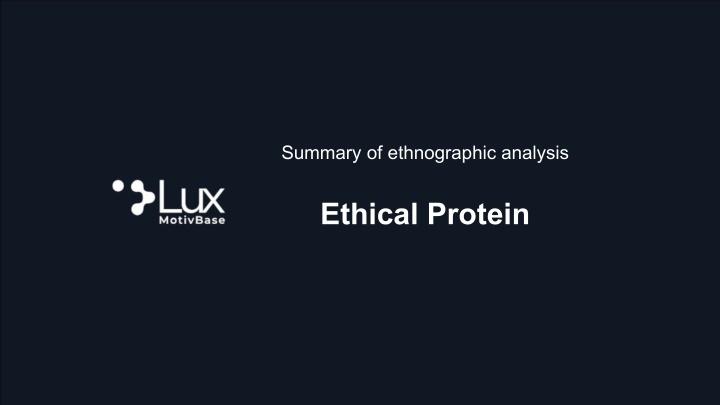
Ethnographic Analysis of Ethical Protein Culture and Consumer Behavior
Explore the deep insights into the ethical protein culture through ethnographic analysis, uncovering the motivations, demographics, and core beliefs of the consumers involved. Discover the macroculture's implicit meaning line and current manifestations, shedding light on the evolving landscape of ethical protein consumption.
Download Presentation

Please find below an Image/Link to download the presentation.
The content on the website is provided AS IS for your information and personal use only. It may not be sold, licensed, or shared on other websites without obtaining consent from the author. If you encounter any issues during the download, it is possible that the publisher has removed the file from their server.
You are allowed to download the files provided on this website for personal or commercial use, subject to the condition that they are used lawfully. All files are the property of their respective owners.
The content on the website is provided AS IS for your information and personal use only. It may not be sold, licensed, or shared on other websites without obtaining consent from the author.
E N D
Presentation Transcript
Summary of ethnographic analysis Ethical Protein
SOCIAL MEDIA ANALYTICS Direct conversations about a topic SOCIAL MEDIA ANALYTICS Direct conversations about a topic METHODOLOGY Using machine intelligence + PhD Anthropologists, we conduct an observational study of consumer language to decode beliefs. 2 SCALE Our engine scrapes data from (and studies) more than 20M consumers between the ages of 18-74 each monthNOTE: For global analysis, check our support portal for any limitations in data and representation. ANTHROPOLOGY Direct and Indirect contextual conversations about a topic BY ANALYZING THE ASSOCIATIONS OF THE ASSOCIATIONS WE DISCOVER THE FORCES OF CHANGE REPRESENTATION It's 2024! We have no problem finding a representative sample of consumers between the ages of 18-74 in the western world. However, nothing is perfect. We do allow for approx 4% margin of error in demographic reporting.
Ethical Protein How relevant is this space? Relevant to 45.3M people and growing by 20.5% over the next 12-24 months. 3 This culture has not reached its tipping point yet. This means consumers have only recently developed a clear sense of what they want in this space but there is still room for change.
Who is the consumer behind this culture? Motivations & Demographics Motivation These consumers are motivated to prove they're playing their part (in making the world a better place). This group is driven to make a difference through their actions. They support multiple causes through a variety of ways including donations, volunteering, awareness raising etc., for it allows them to put themselves through hardship (even in a smaller or temporary way) for a worthwhile cause. In their minds, this is more powerful than just words and helps to make the world slightly better than how they found it. 62% of the audience falls into the following Family Type categories: single, couples with children 27% of the audience falls into the following Age Bracket categories: 18-20, 45-54 4 77% of the audience falls into the following Social Class categories: middle class, upper middle class, upper class
Set up: Iceberg model of meaning This is our context. It's the part of the iceberg that s visible to us all. Consumers in your marketplace will have no trouble talking about this macroculture when asked questions about it. But their responses will tend to be logical and framed. MACROCULTURE implicit meaning line This is the most dangerous or valuable part of the culture where core beliefs are held. These core beliefs are hidden from plain sight and drive the consumer's decisions. People will often have a very difficult time articulating these beliefs and that is where observational research is key. CORE BELIEFS This is the least dangerous part of the culture. That is, these manifestations are current ways in which the consumer's beliefs manifest out in the market. This is also the part of the culture that changes the most because manifestations are behaviors that change and evolve quite often as new technologies and solutions are launched. CURRENT MANIFESTATIONS
These are the core beliefs that define the consumer in the context of Ethical Protein 1. Reducing Carbon Footprints Ethical Protein = eating protein without exacerbating the greenhouse gas emissions that fuel climate change. 3. Preserving Water Ethical Protein = prioritizing protein choices that have a low water footprint. 5. Ensuring Healthy Meatless Eating Ethical Protein = maintaining ethical protein consumption without compromising nutrition. 6 NEW IDEAS EARLY CONSENSUS 2. Alleviating Animal Suffering Ethical Protein = making sure that consuming protein doesn't require undue cruelty to animals. 4. Preserving Precious Ecosystems Ethical Protein = fighting deforestation and habitat destruction by opting for eco-friendly proteins.
1. Reducing Carbon Footprints Core Belief Core Belief Ethical Protein = eating protein without exacerbating the greenhouse gas emissions that fuel climate change. Current manifestations of this belief Consumers are talking about exploring alternative meat options to reduce their personal carbon footprints as part of an overall ethical lifestyle. Meat lovers talk about buying locally raised meat as a way to be more ethical by cutting down on transport-related carbon emissions and supporting their local economy. Consumers are aware of the link between grain-fed cattle and high carbon emissions, so they are looking to try more carbon-friendly (and thus, more ethical) grass-fed cattle. 7 Some consumers are open to exploring unconventional, lower-emission protein sources, such as insects, as a more ethical protein option.
2. Alleviating Animal Suffering Core Belief Core Belief Ethical Protein = making sure that consuming protein doesn't require undue cruelty to animals. Current manifestations of this belief Consumers who don't want to give up meat talk about buying meat protein from regenerative farms that prioritize animal wellbeing. They think eating insect protein is an ethical alternative to mammal and fowl meats, because they read that insects likely don't feel pain the same way mammals and birds do. All that said, some consumers are conflicted over whether eating animals, no matter how "humanely" raised, can ever truly be considered ethical. 8 Consumers want high-protein dairy alternatives, because they fear the dairy industry relies on cruel practices that harm animals. They're looking into plant-based meat alternatives that allow them to enjoy the taste and textures of meat, without actually contributing to the slaughter of animals.
3. Preserving Water Core Belief Core Belief Ethical Protein = prioritizing protein choices that have a low water footprint. Current manifestations of this belief They worry that beef production uses ethically unsustainable levels of freshwater for high protein crops that could be eaten by humans instead. Consumers discuss the chemical fertilizers used to grow feed crops, and worry that runoff from these fertilizers can enter water bodies. Consumers are also considering dairy alternatives as more ethical options to help reduce water consumption and support sustainable practices. 9 Consumers are concerned that livestock farming requires large amounts of water resources for irrigation (water footprint), contributing to water scarcity.
4. Preserving Precious Ecosystems Core Belief Core Belief Ethical Protein = fighting deforestation and habitat destruction by opting for eco-friendly proteins. Current manifestations of this belief Consumers want to eat ethically by modifying their beef protein consumption so they don't support mass deforestation for cattle grazing. They discuss looking for plant based proteins free of palm oil because they fear its harvest depletes habitat for engendered species like orangutans. Consumers want to divest from whey and casein proteins that come from factory-farmed animals fed on deforested land and talk about turning to plant-based protein supplements. 10 They try to buy meat from animals fed more sustainably as they worry clearing land to grow animal feed crops also leads to deforestation and habitat loss.
5. Ensuring Healthy Meatless Eating Core Belief Core Belief Ethical Protein = maintaining ethical protein consumption without compromising nutrition. Current manifestations of this belief Consumers are wary of unhealthy amounts of sodium lurking in vegan meats, which they otherwise see as more ethical alternatives to steaks, burgers, and chicken. Consumers worry that, while ethical, avoiding animal-based foods may result in nutrient deficiency and are trying to eat well rounded plant based diets. Alternatively, consumers worry they could be eating too much plant-based protein, which could lead to kidney dysfunction. 11 They're concerned that otherwise ethical vegan protein products may hide unhealthy additives like corn syrup, artificial sweeteners, and preservatives.
Your action plan It's time for some homework Mid term opportunities Short term opportunities Ethical Protein = eating protein without exacerbating the greenhouse gas emissions that fuel climate change. Ethical Protein = making sure that consuming protein doesn't require undue cruelty to animals. Ethical Protein = prioritizing protein choices that have a low water footprint. Ethical Protein = fighting deforestation and habitat destruction by opting for eco-friendly proteins. Ethical Protein = maintaining ethical protein consumption without compromising nutrition. Core beliefs DNA Current manifestations of core belief Product DNA (In what ways is your product delivering against these beliefs?) - - - - - Brand DNA (In what ways is your brand delivering against these beliefs?) - - - - - Future manifestations of core belief Product DNA (In what ways could your product deliver against these beliefs?) - - - - - Brand DNA (In what ways could your brand deliver against these beliefs?) - - - - -

